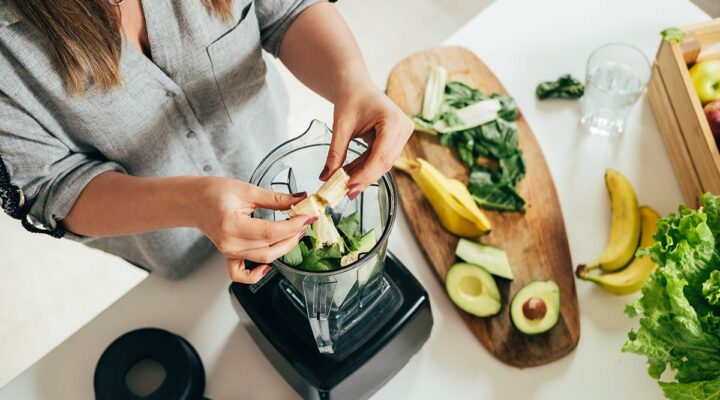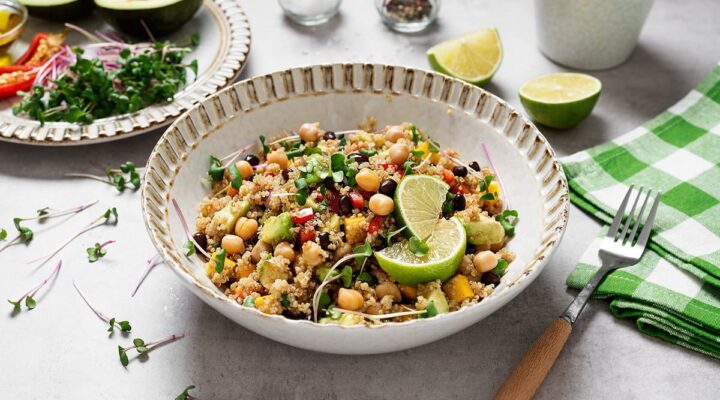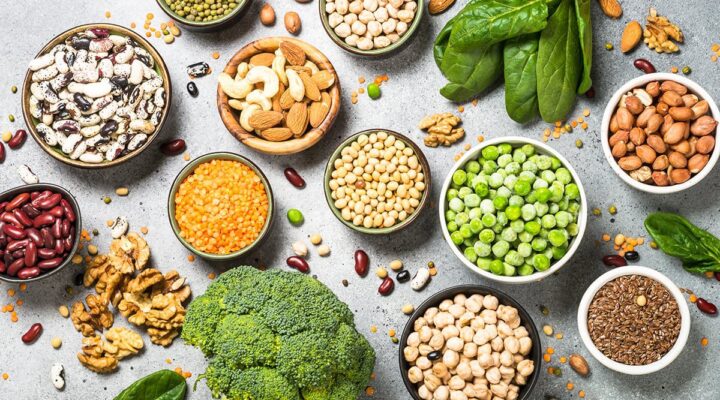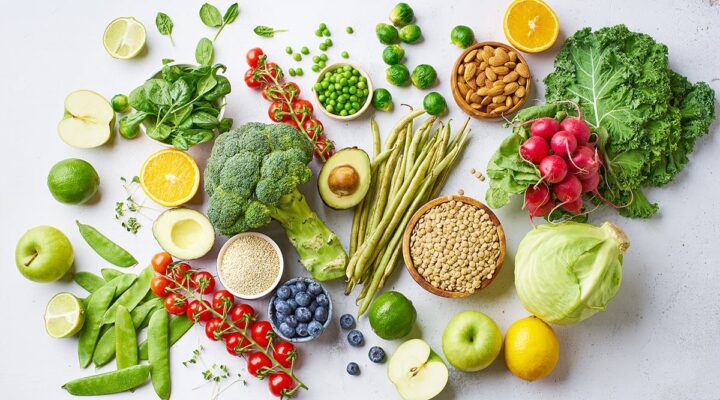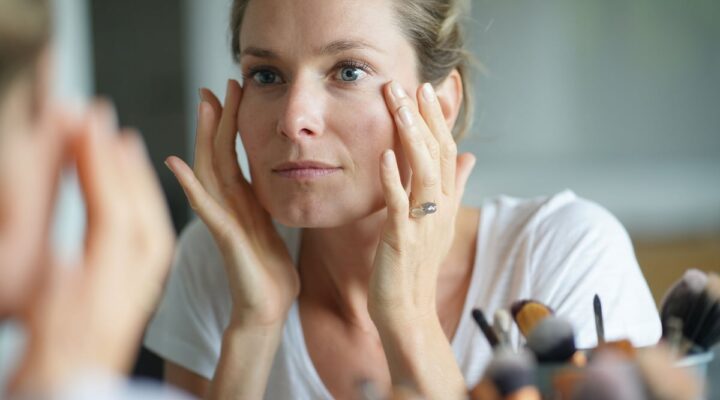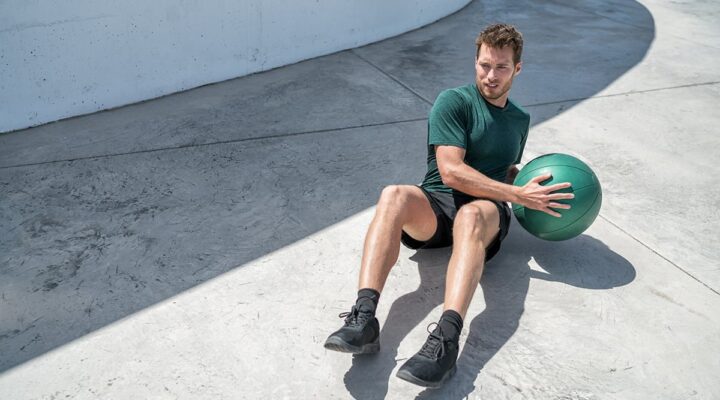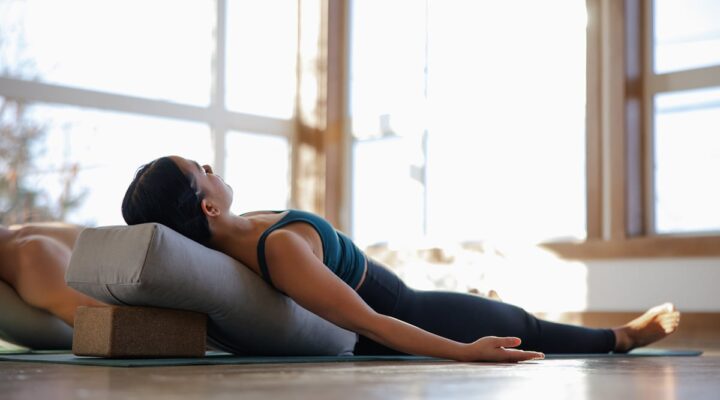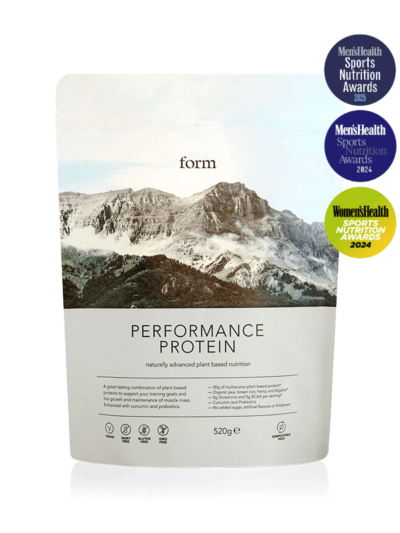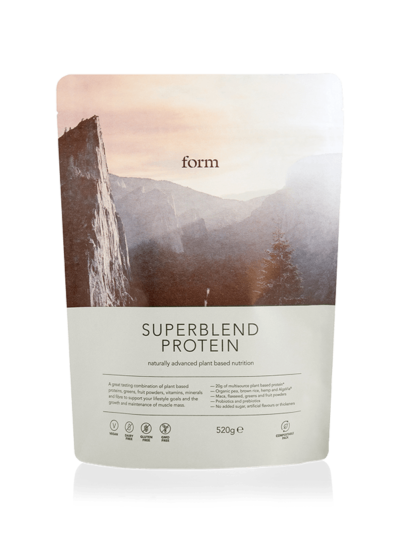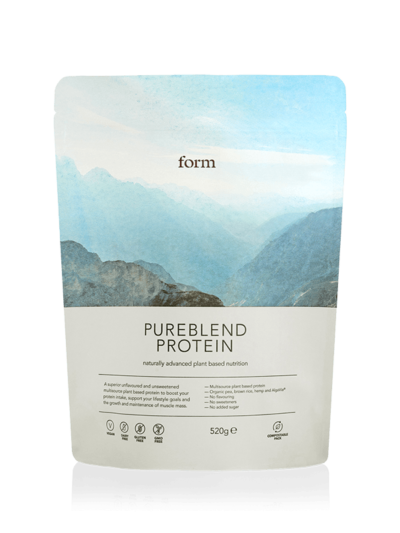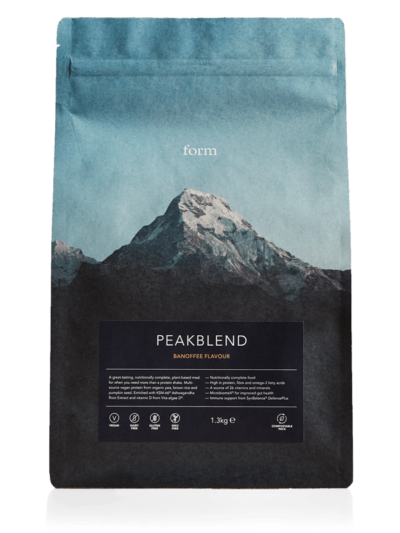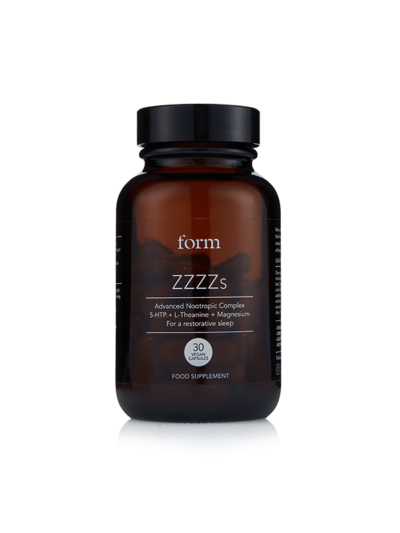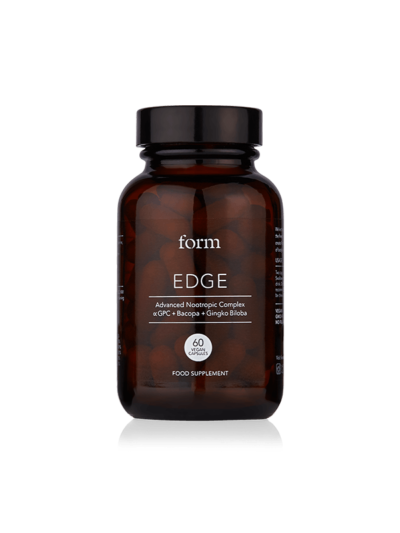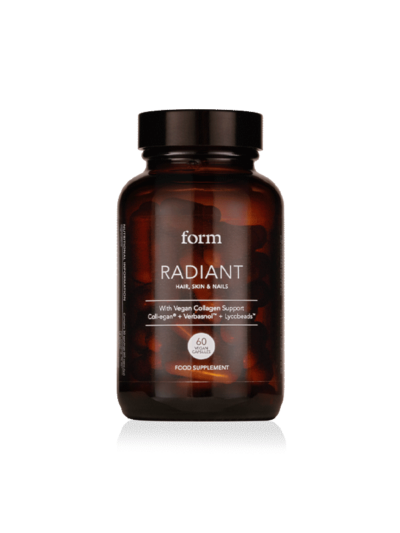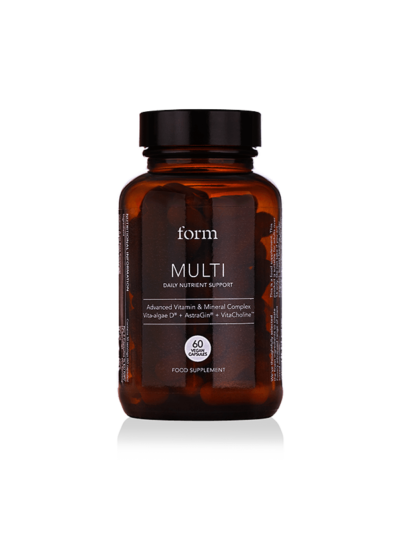Are You Low on Iron? 5 Signs of Iron Deficiency and How to Replenish
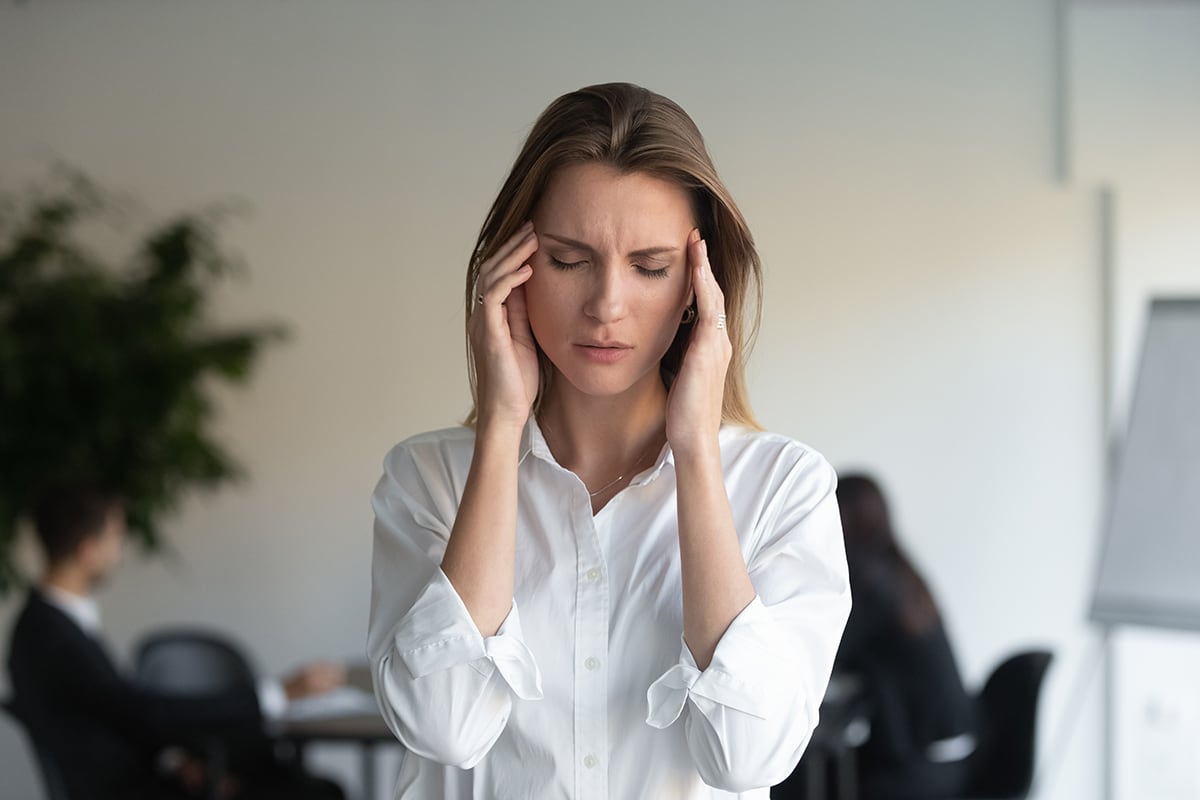
Iron might not get the wellness spotlight as often as B12 or vitamin D, but it plays a crucial role in keeping you energised, focused, and resilient. It’s also the world’s most common nutrient deficiency, affecting an estimated 40% of women aged 15 – 49 globally, according to the World Health Organization. And yet, it often flies under the radar until symptoms start to affect daily life.
Whether you’re a busy professional, a plant-based eater, or an endurance athlete, iron should be on your radar. Here’s what to look out for and how to replenish your iron stores naturally and effectively.
5 Subtle Signs of Iron Deficiency
1. Constant Fatigue (Even When You’re Sleeping Well)
Iron is essential for producing haemoglobin – the protein in red blood cells that carries oxygen around your body. Without enough iron, your cells don’t get the oxygen they need, leaving you tired even after a full night’s rest.
2. Pale or Sallow Skin
Notice you’re looking a bit washed out? A lack of haemoglobin can reduce blood flow to the skin, making it appear paler than usual, particularly around the face, lips, and inner eyelids.
3. Cold Hands and Feet
Iron deficiency can impact your circulation, leading to a drop in body temperature. If you often find your extremities icy, even when others feel comfortable – it could be a subtle clue.
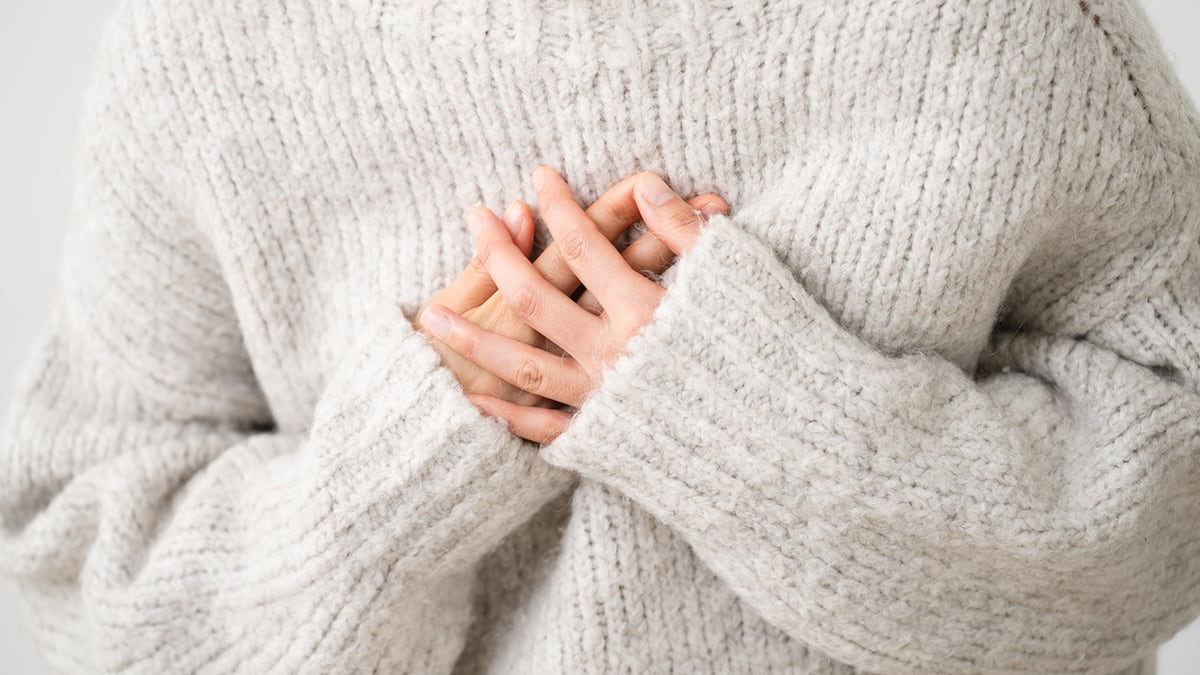
4. Shortness of Breath or Heart Palpitations
Climbing stairs feel harder than it should? Iron deficiency can leave you breathless or cause your heart to work overtime, resulting in fluttery sensations or a faster-than-normal heartbeat.
5. Frequent Headaches or Dizziness
Low oxygen delivery to the brain can lead to recurring headaches or feelings of light-headedness. If you’re experiencing these alongside other symptoms, iron may be a factor.
Why Iron Deficiency Happens
Women, especially those who menstruate, are more prone to iron deficiency due to monthly blood loss. Add in intense exercise, pregnancy, or a low-iron diet (often the case in plant-based lifestyles), and your iron needs can outpace your intake.
While men and non-menstruating individuals are less likely to be deficient, endurance athletes and people with digestive conditions (like coeliac disease or IBD) can also be at risk.
How to Boost Your Iron Levels
1. Eat More Iron-Rich Foods
There are two types of iron: heme (found in animal products) and non-heme (plant-based). While heme iron is more readily absorbed, you can absolutely meet your needs on a plant-based diet with smart planning.
Top Plant-Based Iron Sources:
-
Lentils and chickpeas
-
Tofu and tempeh
-
Spinach and kale
-
Pumpkin seeds and cashews
-
Quinoa and fortified cereals
-
Blackstrap molasses
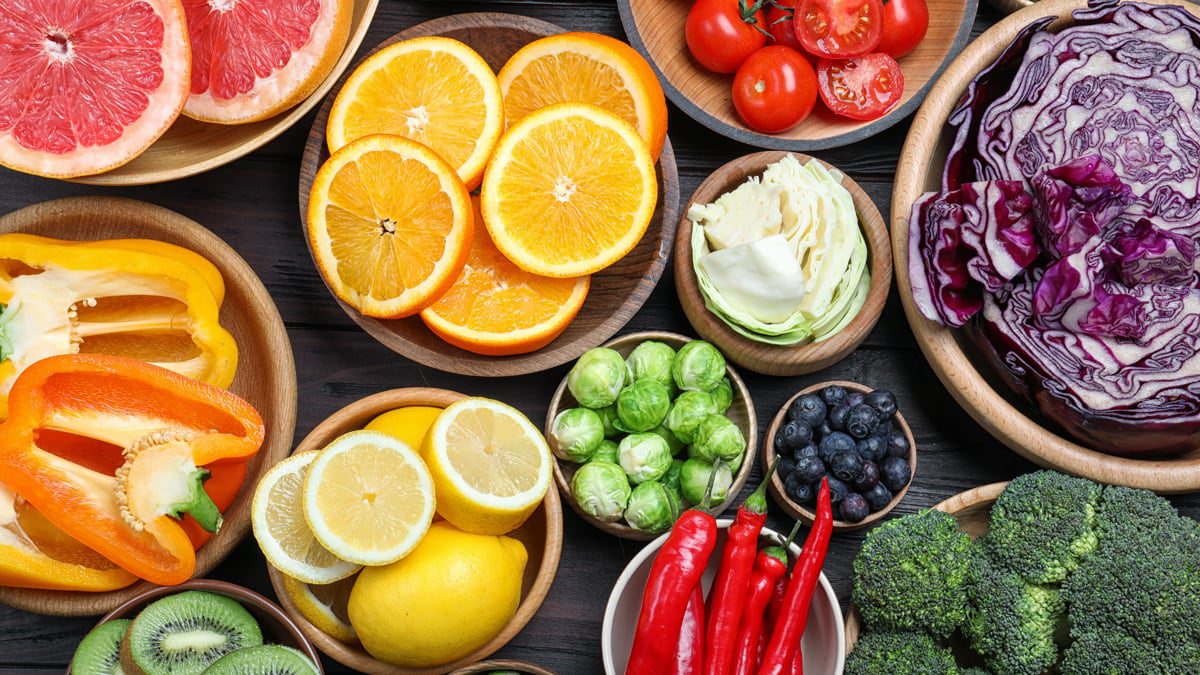
2. Pair with Vitamin C
Vitamin C significantly boosts the absorption of non-heme iron. Combine iron-rich meals with:
-
Bell peppers
-
Citrus fruits
-
Strawberries
-
Broccoli
-
Tomatoes
For example, try adding a squeeze of lemon to your lentil salad or pairing your tofu stir-fry with sautéed red peppers.
3. Avoid Iron Blockers Around Meals
Some compounds can hinder iron absorption, especially in plant-based diets. These include:
-
Tannins in tea and coffee
-
Calcium-rich foods or supplements
-
Phytates in whole grains and legumes (minimised by soaking and sprouting)
Give your body a better chance to absorb iron by spacing these out from iron-rich meals.
4. Consider a Supplement
If you’re struggling to meet your iron needs through food alone or if a blood test confirms low levels, a high-quality supplement can help. Look for one that includes iron in an easily absorbed form, ideally combined with vitamin C for enhanced uptake.
Form’s Multi is formulated with iron bisglycinate, a gentle, highly bioavailable form that’s less likely to cause digestive upset. It also includes vitamin C, B12, D3, and other essential nutrients to support energy, immunity, and cognitive function – making it a smart daily foundation for anyone with a demanding schedule.
Final Thoughts
Iron deficiency is common, but it’s also manageable with awareness and the right strategies. If you’ve been feeling off and can relate to these symptoms, it might be time to check in with your GP and get your iron levels tested. With a few dietary tweaks and consistent support from smart supplementation, you’ll be well on your way to feeling more energised, focused, and in control.
References:
World Health Organization. The Global Prevalence of Anaemia in Women of Reproductive Age. https://www.who.int



